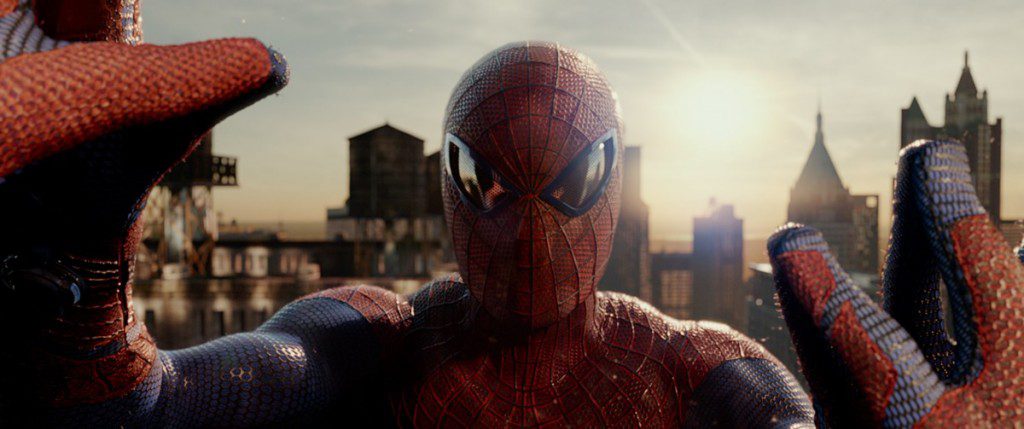What if you walked into a room preparing to undergo a medical procedure, but the doctor said he was going to use only minor pain medications? You would probably run of the room in fear of the pain, and immediately begin looking for a new doctor, wouldn’t you? Now what if I told you that you could undergo the procedure with very little medication, but not feel a thing? One doctor has found a way to make this a possibility by using Virtual Reality Headsets.
With the world’s current opioid epidemic, and the rise in cost of pain medication, doctors all over the world are looking for ways to cut back on the use of powerful pain killers and sedatives. One doctor in particular has taken a unique path to limiting pain killers. Dr. Jose Luis Mosso Vazquez has been using Virtual Reality as a way to distract patients during surgeries in which they must remain conscious. This has been done with great success and the virtual reality, paired with local anesthetics, has been proven to effectively reduce the discomfort felt by patients.

The surgeries that utilize Virtual Reality do not only provide patients comfort, VR has also been able to improve recovery time and drastically reduce cost of procedures. The cost reduction comes from foregoing the expensive painkillers and sedatives for much cheaper, less harmful medications. This is especially true in poorer regions where medical funding may be lacking.

The greatest benefit of this program is reducing the need for powerful pain medications. These medications have negative side effects and can lead to a plethora of problems for the patient. By reducing the pain medication needed, you are also limiting the negative effects they have. One example of this is nausea and grogginess that is felt by patients after a procedure.
Dr. Vazquez came up with this idea when he purchased his son a Spider-man virtual reality game way back in 2004. This is when Virtual Reality technology was initially being developed, and was nowhere near the level of sophistication we have today. However, even with the basic VR game, he noticed how immersed in the game his son became. This lead to the thought that it may be a successful distraction technique for patients during minor procedures. Dr. Vazquez then implemented immersive technologies into some of his upper gastrointestinal endoscopies procedures and documented the patients’ levels of discomfort. Using the same Spider-man game played by his son, he was able to reduce discomfort and even making the patients feel more relaxed throughout the surgery.

The process works by immersing the patient into the virtual reality game. Vazquez will then use local anesthetics, to help with the discomfort. Because the patients are using the virtual reality, they are putting their focus into that rather than the procedure. This helps them, in a way, forget that they are going through a medical procedure and lessens the discomfort. Also by using games or settings with a soothing feel, the patients are able to unwind and feel comfortable during the procedure.
Dr. Vazquez recently was part of a procedure in which the patient was virtually traveling through Machu Picchu. During the procedure, Powerful drugs and sedatives were not used, however the patient did not feel any pain or discomfort. Because her focus was so heavily on the virtual reality experience, she was able to remain relaxed throughout the entirety of the procedure.
In 2006, during the Medicine Meets Virtual Reality conference, Vazquez introduced his research and findings, where he was met with positive results and funding to further his venture. Since the conference, Dr. Vazquez has been able to successfully perform over 300 surgeries in conjunction with virtual reality. However, as the technology continues to advance, and prices begin to fall for virtual reality programs, you can expect to see Dr. Vazquez’s idea to expand all over the world.
Though some people will always be skeptical, it appears that virtual reality will be increasingly tied to the medical field in the near future. As technology improves, people will always be looking for innovative ways to use it. With virtual reality in its relative infancy, you can expect its role in everyday life to expand drastically, and this is one perfect example.






Comments are closed.